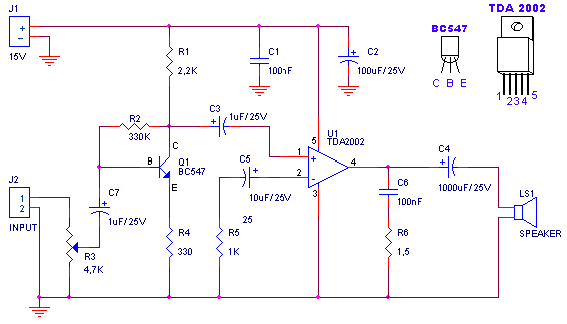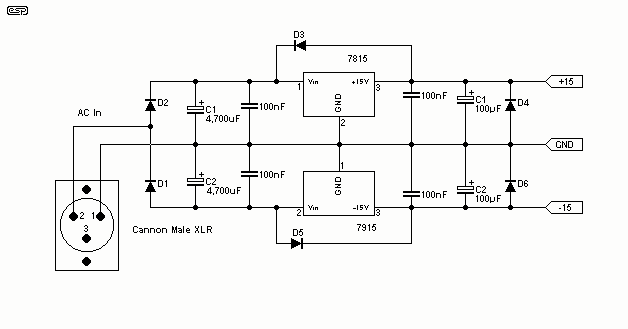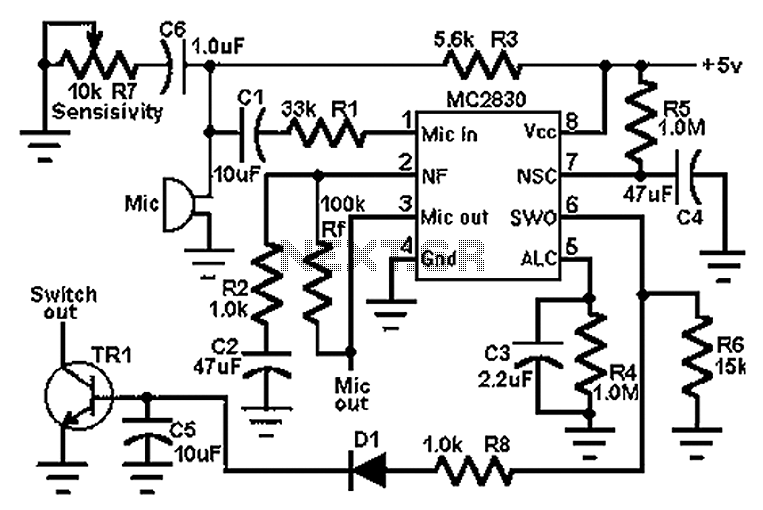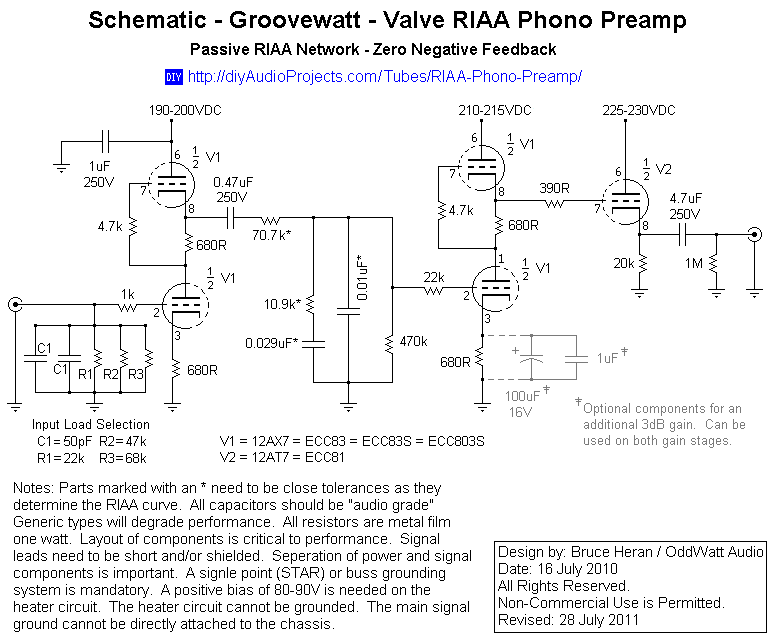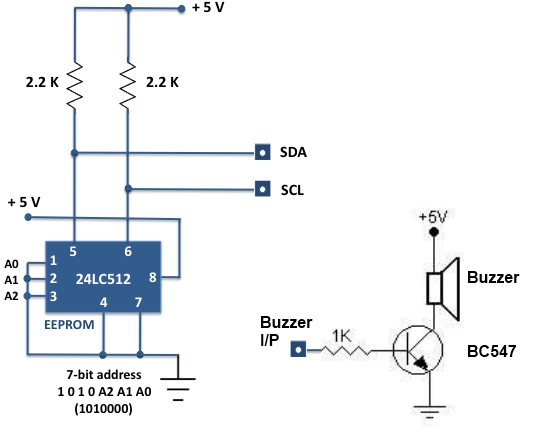
Dynamic Mic Preamp

A similar circuit can be utilized with an 8-ohm speaker; in this instance, it should be placed in the position of the emitter resistor. This circuit functions as a replacement for a carbon microphone.
The described circuit is intended for applications where a carbon microphone is traditionally used. By substituting the emitter resistor with an 8-ohm speaker, the circuit allows for audio output instead of the original microphone function. This configuration can be advantageous in various audio processing applications, where the speaker can serve as an output device, converting electrical signals back into sound.
In this circuit, the 8-ohm speaker operates effectively due to its impedance matching with the output stage of the amplifier. The emitter resistor typically plays a crucial role in biasing and stabilizing the transistor's operation. By replacing it with a speaker, the circuit now allows for sound generation, which can be beneficial in scenarios such as voice transmission or sound feedback systems.
The circuit may consist of a transistor configured in a common emitter arrangement, where the input audio signal is applied to the base terminal. The transistor amplifies this signal, with the collector connected to the power supply and the emitter connected to the 8-ohm speaker. The output sound is produced as the amplified signal drives the speaker, converting the electrical energy back into audible sound waves.
When designing such a circuit, attention must be paid to the power ratings and frequency response of the speaker to ensure optimal performance. Additionally, appropriate coupling capacitors may be necessary to block DC components while allowing AC signals to pass through, preserving the integrity of the audio signal.
This configuration demonstrates a versatile approach to audio signal processing, providing an alternative to traditional microphone setups while maintaining functionality in sound reproduction applications.A similar circuit can be used with an 8 ohm speaker but in that case you would put it in place of the emitter resistor. This circuit works as a carbon microphone replacement. 🔗 External reference
The described circuit is intended for applications where a carbon microphone is traditionally used. By substituting the emitter resistor with an 8-ohm speaker, the circuit allows for audio output instead of the original microphone function. This configuration can be advantageous in various audio processing applications, where the speaker can serve as an output device, converting electrical signals back into sound.
In this circuit, the 8-ohm speaker operates effectively due to its impedance matching with the output stage of the amplifier. The emitter resistor typically plays a crucial role in biasing and stabilizing the transistor's operation. By replacing it with a speaker, the circuit now allows for sound generation, which can be beneficial in scenarios such as voice transmission or sound feedback systems.
The circuit may consist of a transistor configured in a common emitter arrangement, where the input audio signal is applied to the base terminal. The transistor amplifies this signal, with the collector connected to the power supply and the emitter connected to the 8-ohm speaker. The output sound is produced as the amplified signal drives the speaker, converting the electrical energy back into audible sound waves.
When designing such a circuit, attention must be paid to the power ratings and frequency response of the speaker to ensure optimal performance. Additionally, appropriate coupling capacitors may be necessary to block DC components while allowing AC signals to pass through, preserving the integrity of the audio signal.
This configuration demonstrates a versatile approach to audio signal processing, providing an alternative to traditional microphone setups while maintaining functionality in sound reproduction applications.A similar circuit can be used with an 8 ohm speaker but in that case you would put it in place of the emitter resistor. This circuit works as a carbon microphone replacement. 🔗 External reference
